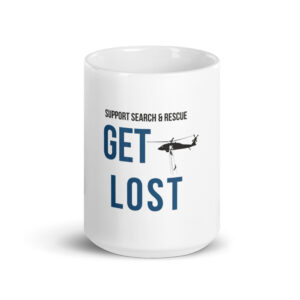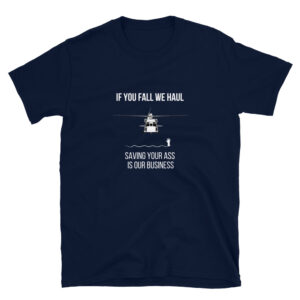Don't miss our flash to bang SALES!
U.S. Bombs Japan History
U.S. Bombs Japan History (1942): World War II news reel uncovered from the National Archives about the U.S. bombing of Japan in 1942.
U.S. Bombs Japan History
The United States’ bombing campaign against Japan during World War II was a key element in the Pacific Theater, aimed at crippling Japan’s industrial capacity and forcing an end to the war. The bombing of Japan began in earnest in 1944, after American forces had secured airbases in the Mariana Islands, giving them the range necessary to reach the Japanese mainland. Using the long-range Boeing B-29 Superfortress bombers, the U.S. initiated a series of strategic bombing raids targeting Japan’s cities, infrastructure, and war production facilities.
Initially, the bombing raids were focused on precision strikes against military and industrial targets, but these early efforts were hampered by poor weather conditions, high altitudes, and Japan’s decentralized industry, which was spread throughout civilian areas. By early 1945, the U.S. military, under the command of General Curtis LeMay, shifted tactics toward massive incendiary bombing raids, designed to destroy Japan’s wooden cities through firestorms. The most devastating of these raids occurred on the night of March 9-10, 1945, when around 300 B-29 bombers dropped incendiary bombs on Tokyo, creating a firestorm that killed an estimated 100,000 people and leveled large parts of the city.
The firebombing campaign continued throughout 1945, targeting major cities such as Osaka, Nagoya, and Kobe, killing hundreds of thousands of civilians and displacing millions more. Despite the devastating impact of these raids, the Japanese government refused to surrender, which led to the decision to employ an even more drastic measure: the atomic bomb. On August 6, 1945, the U.S. dropped the first atomic bomb on Hiroshima, resulting in the destruction of the city and killing an estimated 140,000 people by the end of the year. Three days later, a second atomic bomb was dropped on Nagasaki, killing an estimated 70,000 people.
These bombings, combined with the Soviet Union’s declaration of war on Japan, finally brought the Japanese government to surrender on August 15, 1945, marking the end of World War II. The bombing campaign, especially the use of atomic weapons, remains one of the most controversial aspects of the war. Supporters argue that the bombings hastened Japan’s surrender, saving countless lives that would have been lost in a protracted invasion, while critics contend that the civilian toll was too high and that Japan was already on the verge of collapse. The U.S. bombing of Japan left a profound legacy, reshaping military strategies and international relations in the post-war era.
If you found U.S. Bombs Japan History interesting, explore the fantastic range of military-themed shirts, mugs, and posters available at The Frontlines Shop! Don’t miss out on our amazing sales happening right now! And believe it or not, some of the comics I created during my 20 years in the military have actually been published! These humorous and occasionally edgy reflections are inspired by incredible mentors, wonderful friends, and a genuine love for sarcasm. Check them out on Amazon The Frontlines
Popular Products
-

Support Search and Rescue = Get Lost!
Price range: $13.75 through $16.75 Select options This product has multiple variants. The options may be chosen on the product page -

Crew Chiefs Are Miracle Workers
Price range: $20.00 through $28.50 Select options This product has multiple variants. The options may be chosen on the product page -

If You Fall We Haul
Price range: $20.00 through $28.50 Select options This product has multiple variants. The options may be chosen on the product page -

USCG Rescue Swimmer Instructor Hoodie
Price range: $48.00 through $61.50 Select options This product has multiple variants. The options may be chosen on the product page




